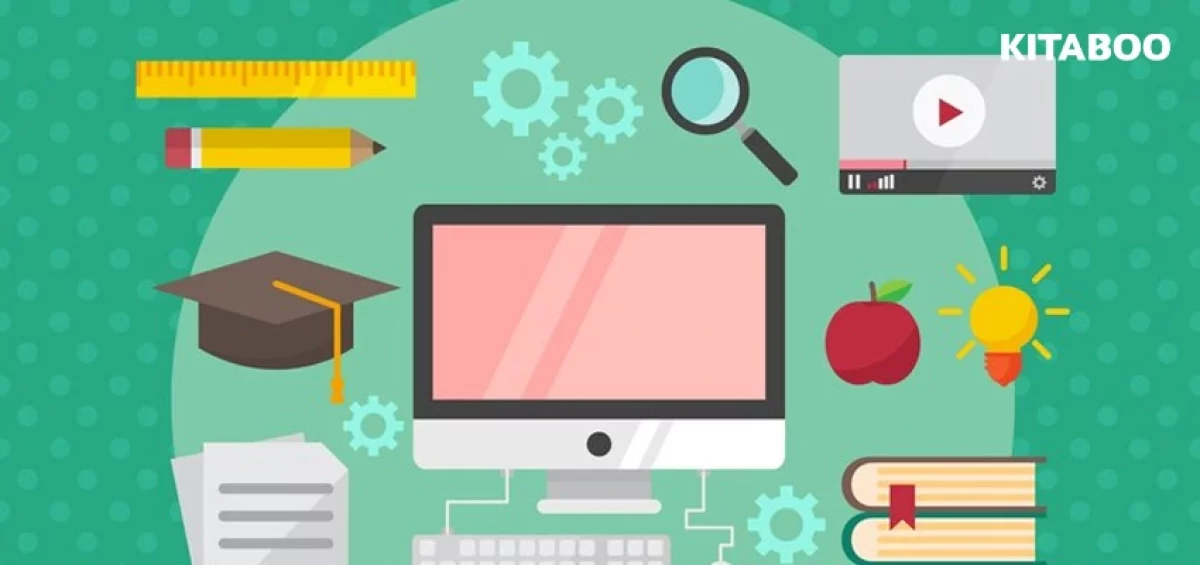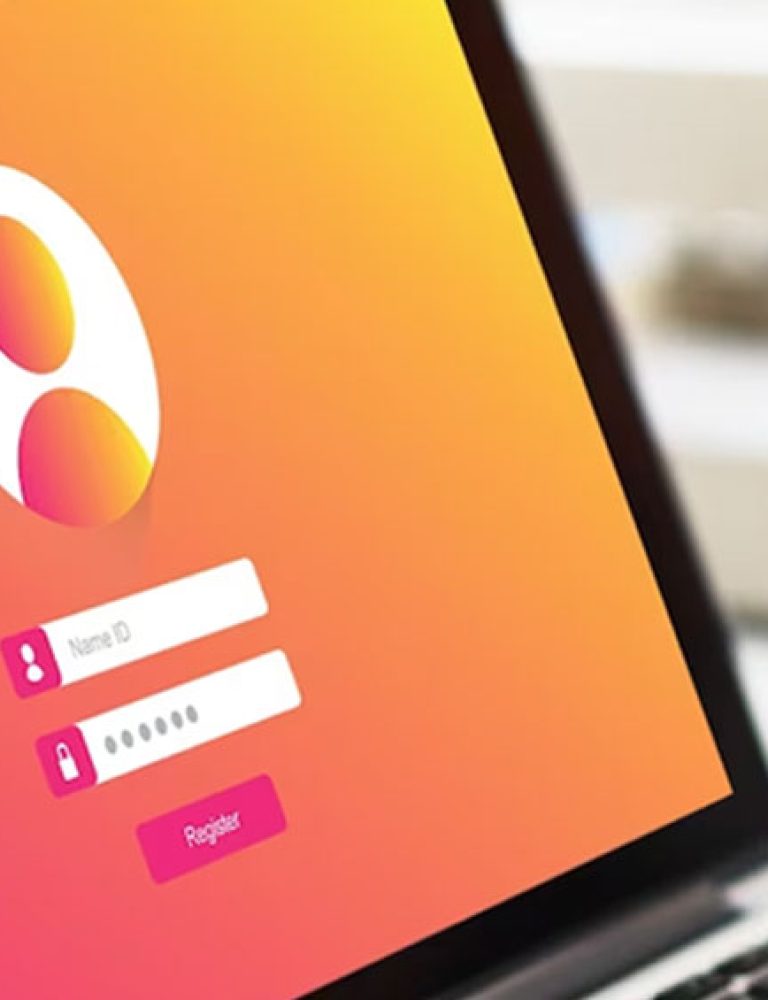Interactive workbooks for schools have emerged as a powerful tool in the realm of education, offering a dynamic and engaging approach to learning. These dynamic tools are reshaping the educational landscape by integrating technology into traditional learning methods.
In this article, we’ll explore their dynamic features and discover how they transform the learning experience for both students and educators. Let’s start!
Table of Contents:
I. What Is an Interactive Workbook?
II. Empowering Education: Key Features of Interactive Workbooks
- Multimedia Integration
- Interactive Exercises
- Customizable Content
- Assessment Tools
- Gamification Elements
- Accessibility Features
What Is an Interactive Workbook?
Interactive workbooks are more than just learning material; it’s a game-changer in education. These workbooks integrate interactive elements seamlessly and enhance the learning experience for students. With features like quizzes, multimedia content, and interactive elements, they transform traditional learning into an engaging, immersive journey.
Digital textbook platforms like KITABOO offer cloud-based interactive eBook software that enables the creation of multimedia-rich digital content accessible across various devices. It caters specifically to K12 and higher education learners, providing a plethora of interactive tools to enrich the learning process.
Empowering Education: Key Features of Interactive Workbooks
Here are some key features that make interactive workbooks a powerful tool for empowering education:
Multimedia Integration
By seamlessly incorporating videos, audio clips, and animations, interactive workbooks offer a rich multimedia learning experience. Visual and auditory elements not only enhance content delivery but also cater to diverse learning styles.
They ensure that students can engage with the material in ways that resonate with them. This ultimately leads to a deeper understanding and retention of concepts.
Interactive Exercises
Through interactive exercises like drag-and-drop, fill-in-the-blanks, and clickable hotspots, students actively participate in the learning process. These hands-on activities promote critical thinking, problem-solving, and engagement.
They allow students to apply their knowledge in practical contexts and reinforce key concepts dynamically and interactively.
Customizable Content
Interactive workbooks empower educators to customize content according to individual student needs and preferences. Customization ensures that learning materials are tailored to meet diverse learning requirements.
It fosters inclusivity and creates personalized learning experiences. These experiences resonate with each learner by adjusting difficulty levels, providing additional resources, or offering alternative formats.
Assessment Tools
Integrated assessment tools enable educators to assess student understanding in real time, providing immediate feedback and insights into student progress.
These tools allow educators to identify learning gaps, track student performance, and tailor instruction accordingly.
This ensures that students receive timely support and interventions to address any areas of difficulty, ultimately leading to improved learning outcomes.
Gamification Elements
Incorporating elements of gamification, such as badges, points, and leaderboards, makes learning fun and engaging for students. By introducing elements of competition, rewards, and achievement, gamification motivates students to actively participate in their learning journey.
This helps foster intrinsic motivation and a positive attitude towards learning. It also reinforces desired behaviors and promotes a sense of accomplishment and mastery.
Accessibility Features
Interactive workbooks prioritize inclusivity by offering a range of accessibility features, such as text-to-speech, screen readers, and adjustable font sizes.
These features ensure that all students, regardless of their abilities or learning preferences, can access and engage with the educational content effectively. This promotes equal learning opportunities and ensures that every student can fully participate in the educational experience.
Top 8 Benefits of Interactive Workbooks
Below are the transformative advantages of interactive workbooks in education:
Collaborative Learning Opportunities
Interactive workbooks facilitate collaboration among students through features like group projects and shared annotations. This helps foster teamwork skills and promote peer-to-peer learning experiences. It also enriches students’ understanding through diverse perspectives and collective problem-solving.
Data-Driven Insights
Harnessing the power of data analytics, interactive workbooks provide educators with valuable insights into student progress and engagement levels. This enables informed decision-making and targeted interventions to support student success. It also ensures that instructional strategies are tailored to meet the specific needs of each learner.
Flexibility and Convenience
With offline access options, students can engage with interactive workbooks anytime, anywhere, even without an internet connection. They empower students to take control of their learning journey and access educational resources at their convenience. This promotes flexibility in learning and accommodates diverse learning environments and preferences.
Long-term Engagement
Interactive workbooks offer a variety of content updates and additions, keeping the material fresh and relevant over time. This prevents monotony and ensures continued enthusiasm for learning as students encounter new and exciting content. It helps sustain student interest and engagement throughout the learning journey.
Lifelong Learning Skills
Interactive workbooks cultivate essential lifelong learning skills such as self-directed learning, information literacy, and digital fluency.
By engaging with interactive content and multimedia resources, students develop the ability to navigate and evaluate information effectively. This empowers them to become independent, lifelong learners capable of adapting to the demands of an ever-changing world.
Parental Engagement
By providing parents with access to student progress reports and communication tools, interactive workbooks promote parental involvement in the learning process. This fosters a collaborative partnership between home and school and supports students’ academic growth and development.
Enhanced Creativity
Interactive workbooks provide students with opportunities to express their creativity through multimedia projects, digital storytelling, and interactive presentations. This encourages self-expression and innovation. It fosters a deeper connection to the learning material and nurtures critical thinking and problem-solving skills.
Global Connectivity
Through online collaboration features, interactive workbooks enable students to connect and collaborate with peers from around the world. This promotes cultural exchange, global awareness, and the development of intercultural communication skills. It prepares students to thrive in an increasingly interconnected and diverse world.
Wrapping Up
Interactive workbooks represent a paradigm shift in education, unlocking a world of possibilities for both educators and students. By fostering engagement, personalization, and collaboration, these innovative tools empower students to become active participants in their learning journey.
With features like multimedia integration, assessment tools, and gamification elements, interactive workbooks cater to diverse learning styles. They promote lifelong learning skills essential for success in the 21st century.
KITABOO, a leading digital textbook platform, stands at the forefront of this educational revolution. It offers educators a comprehensive solution for creating, distributing, and accessing interactive content.
Connect with us for more details!
Discover How An Ebook Conversion, Publishing & Distribution Platform Can Help You
Kitaboo is a cloud-based content platform to create-publish & securely distribute interactive mobile-ready ebooks.
You May Also Like








